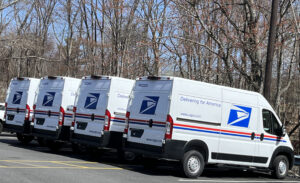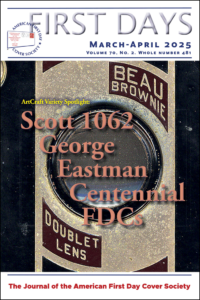[press release] [click on any of the pictures for larger versions]
PostNL pays tribute to Dutch writers with RomanReuzen stamp sheet
10 contemporary writers immortalized in special issue
The Hague, April 22, 2025 – On April 22, 2025, PostNL will present the RomanReuzen 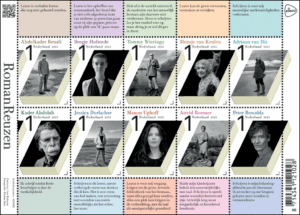 stamp sheet, an ode to ten remarkable Dutch writers. The issue is part of the national project of the same name that encourages reading among young people. The ten stamps feature portraits of Kader Abdolah, Abdelkader Benali, Peter Buwalda, Adriaan van Dis, Jessica Durlacher, Bregje Hofstede, Mensje van Keulen, Astrid Roemer, Manon Uphoff and Tommy Wieringa.
stamp sheet, an ode to ten remarkable Dutch writers. The issue is part of the national project of the same name that encourages reading among young people. The ten stamps feature portraits of Kader Abdolah, Abdelkader Benali, Peter Buwalda, Adriaan van Dis, Jessica Durlacher, Bregje Hofstede, Mensje van Keulen, Astrid Roemer, Manon Uphoff and Tommy Wieringa.
Stimulating reading among young people
The RomanReuzen initiative was launched by journalist Frénk van der Linden and photographer Fjodor Buis, in collaboration with libraries, the Reading and Writing Foundation and the Libris bookstore chain. Through interview sessions with pupils, podcasts, masterclasses, a book and a travelling exhibition, literature is brought to the attention of young people in a fresh way.
Journalist Frénk van der Linden, who interviewed 52 writers for the project, emphasises the importance of reading: “Just like us, they see how incredibly important it is to stimulate reading, especially among young people. The essence of people is that we tell each other stories. Reading stimulates empathy and that is what connects us as people.”
The 52 podcasts with writer interviews can be listened to via romanreuzen.nl.
A visual ode to the novel
The stamps were designed by graphic designer Lex Reitsma, based on portrait photos by Fjodor Buis. Each stamp shows a black-and-white portrait of a writer in a drawn book cover, creating the impression of a table full of books on display in a bookstore. The drawing continues visually across the stamps and the sheet edge, as a reference to the wealth of literature.
Fjodor Buis says about his approach:
“It had to be a series with sufficient similarities, but at the same time with enough differences to avoid monotony. Photographing outdoors is exciting, because something unexpected always happens. Like with Tommy Wieringa, who I photographed behind his house at the moment his chickens escaped. That is why he is holding one in his arms.”
Availability
The RomanReuzen stamp sheet contains ten stamps with value indication 1, intended for mail up to and including 20 grams with a destination within the Netherlands. The price is € 12.10. The stamps are available – while stocks last – from 22 April at Bruna stores, via www.postnl.nl/bijzondere-postzegels and can be ordered by telephone via Collect Club: 088 868 99 00.
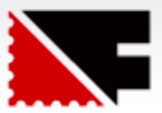 Note: PostNL does not sell directly to collectors in North America. Its website refers to a company called Nordfirm, which says it sells Dutch new issues at face value. The Virtual Stamp Club has no connection to this company.
Note: PostNL does not sell directly to collectors in North America. Its website refers to a company called Nordfirm, which says it sells Dutch new issues at face value. The Virtual Stamp Club has no connection to this company.
 Collectors may also wish to contact the U.S. firm Bombay Stamps, which can also obtain first day covers upon request, with lower shipping fees. The email is sales@bombaystamps.com Again, The Virtual Stamp Club has no connection to this company.
Collectors may also wish to contact the U.S. firm Bombay Stamps, which can also obtain first day covers upon request, with lower shipping fees. The email is sales@bombaystamps.com Again, The Virtual Stamp Club has no connection to this company.
[in Nederlands voor kranten]
PostNL brengt ode aan Nederlandse schrijvers met postzegelvel RomanReuzen
10 hedendaagse schrijvers vereeuwigd op bijzondere uitgifte
Den Haag, 22 april 2025 – PostNL presenteert op 22 april 2025 het postzegelvel RomanReuzen, een ode aan tien markante Nederlandse schrijvers. De uitgifte maakt deel  uit van het gelijknamige landelijke project dat lezen onder jongeren stimuleert. Op de tien postzegels prijken portretten van Kader Abdolah, Abdelkader Benali, Peter Buwalda, Adriaan van Dis, Jessica Durlacher, Bregje Hofstede, Mensje van Keulen, Astrid Roemer, Manon Uphoff en Tommy Wieringa.
uit van het gelijknamige landelijke project dat lezen onder jongeren stimuleert. Op de tien postzegels prijken portretten van Kader Abdolah, Abdelkader Benali, Peter Buwalda, Adriaan van Dis, Jessica Durlacher, Bregje Hofstede, Mensje van Keulen, Astrid Roemer, Manon Uphoff en Tommy Wieringa.
Lezen stimuleren onder jongeren
Het initiatief RomanReuzen werd in het leven geroepen door journalist Frénk van der Linden en fotograaf Fjodor Buis, in samenwerking met onder andere bibliotheken, Stichting Lezen en Schrijven en boekwinkelketen Libris. Via interviewsessies met scholieren, podcasts, masterclasses, een boek, en een reizende tentoonstelling wordt literatuur op een frisse manier onder de aandacht gebracht bij jongeren.
Journalist Frénk van der Linden, die voor het project 52 schrijvers interviewde, benadrukt het belang van lezen: “Net als wij zien zij in hoe ontzettend belangrijk het is om lezen te stimuleren, met name onder jongeren. De essentie van mensen is toch dat wij verhalen aan elkaar vertellen. Lezen stimuleert empathie en dat is toch wat ons mensen met elkaar verbindt.”
De 52 podcasts met schrijversinterviews zijn te beluisteren via romanreuzen.nl.
Een visuele ode aan de roman
De postzegels zijn ontworpen door grafisch ontwerper Lex Reitsma, op basis van portretfoto’s van Fjodor Buis. Elke postzegel toont een zwart-witportret van een schrijver in een getekend boekomslag, waarmee de indruk ontstaat van een tafel vol uitgestalde boeken in een boekhandel. De tekening loopt visueel door over de postzegels en de velrand, als verwijzing naar de rijkdom aan literatuur.
Over zijn aanpak zegt Fjodor Buis:
“Het moest een serie worden met voldoende overeenkomsten, maar tegelijkertijd met genoeg verschillen om eentonigheid te vermijden. Buiten fotograferen is spannend, want er gebeurt altijd iets onverwachts. Zoals bij Tommy Wieringa die ik achter zijn huis fotografeerde op het moment dat zijn kippen ontsnapten. Vandaar dat hij er 1 in zijn armen houdt.”
Verkrijgbaarheid
Het postzegelvel RomanReuzen bevat tien postzegels met waardeaanduiding 1, bedoeld voor post tot en met 20 gram met een bestemming binnen Nederland. De prijs is € 12,10. De postzegels zijn – zolang de voorraad strekt – vanaf 22 april verkrijgbaar bij de Bruna-winkels, via www.postnl.nl/bijzondere-postzegels en telefonisch te bestellen via Collect Club: 088 868 99 00.
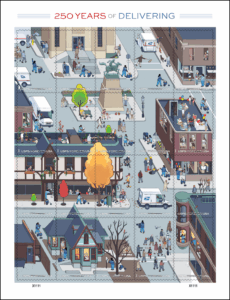 semiquincentennial. According to the April 28th press release, the design
semiquincentennial. According to the April 28th press release, the design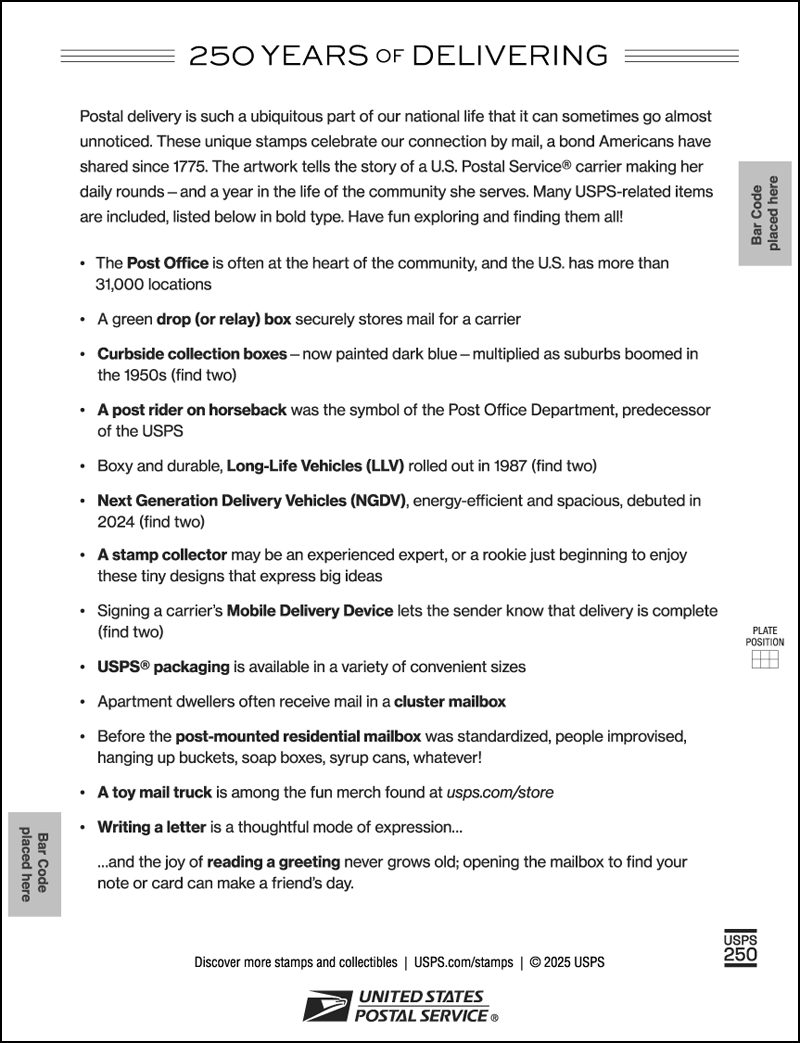

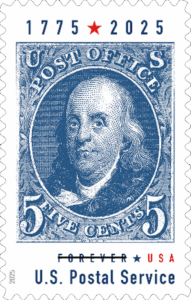
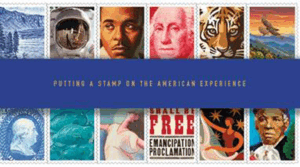




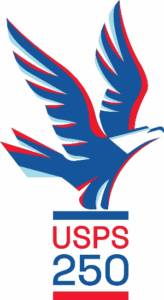
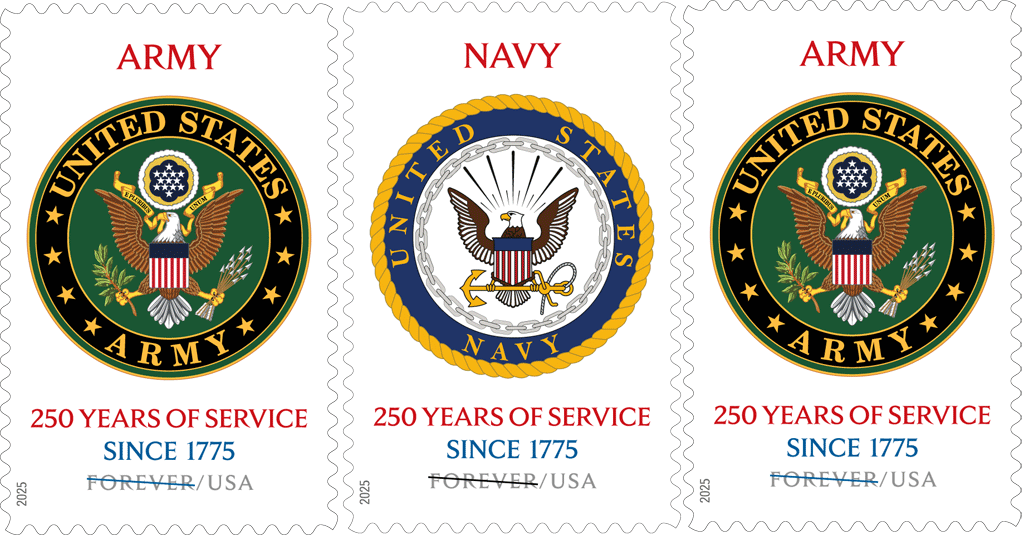


 “Put another nickel in…. ”
“Put another nickel in…. ” 
